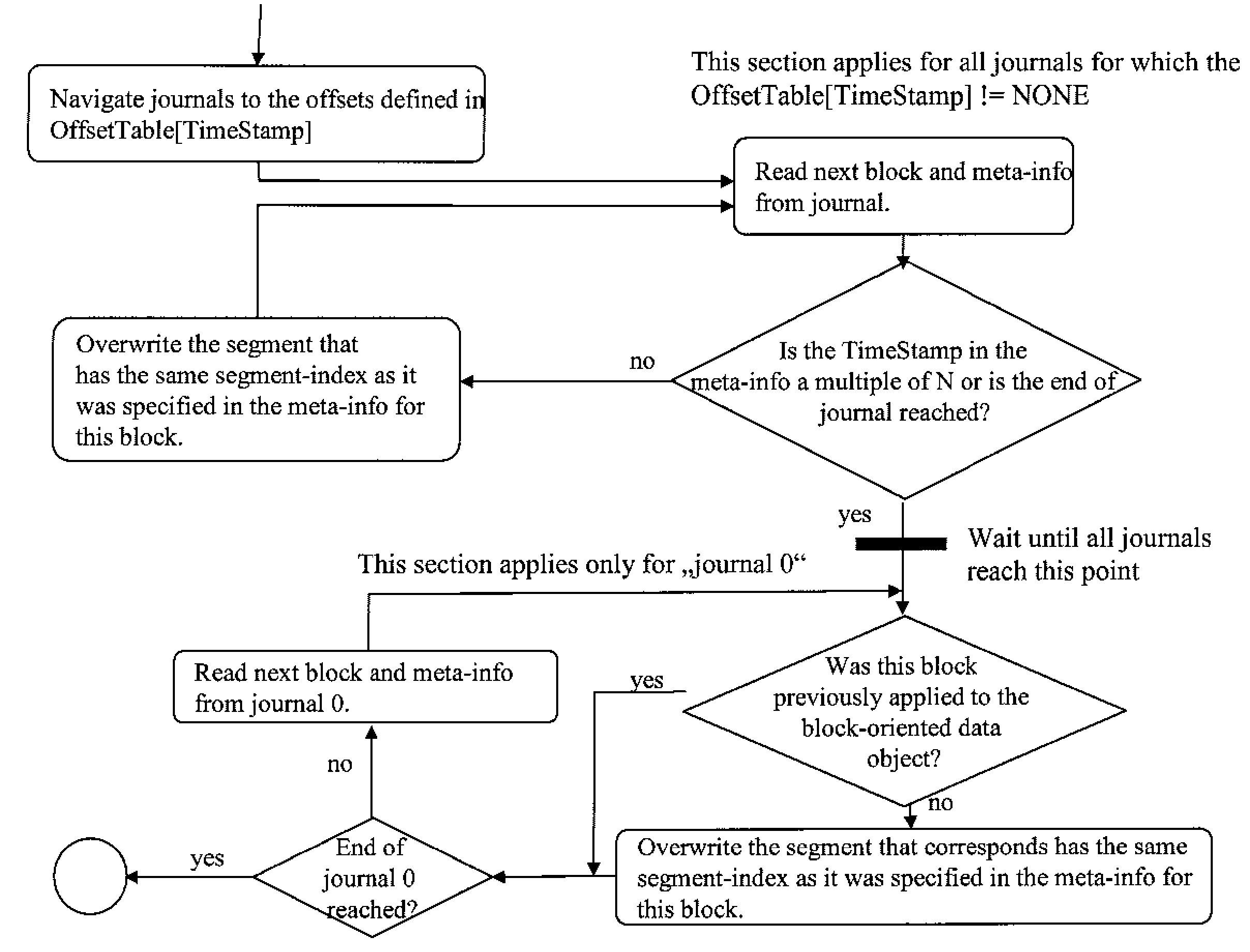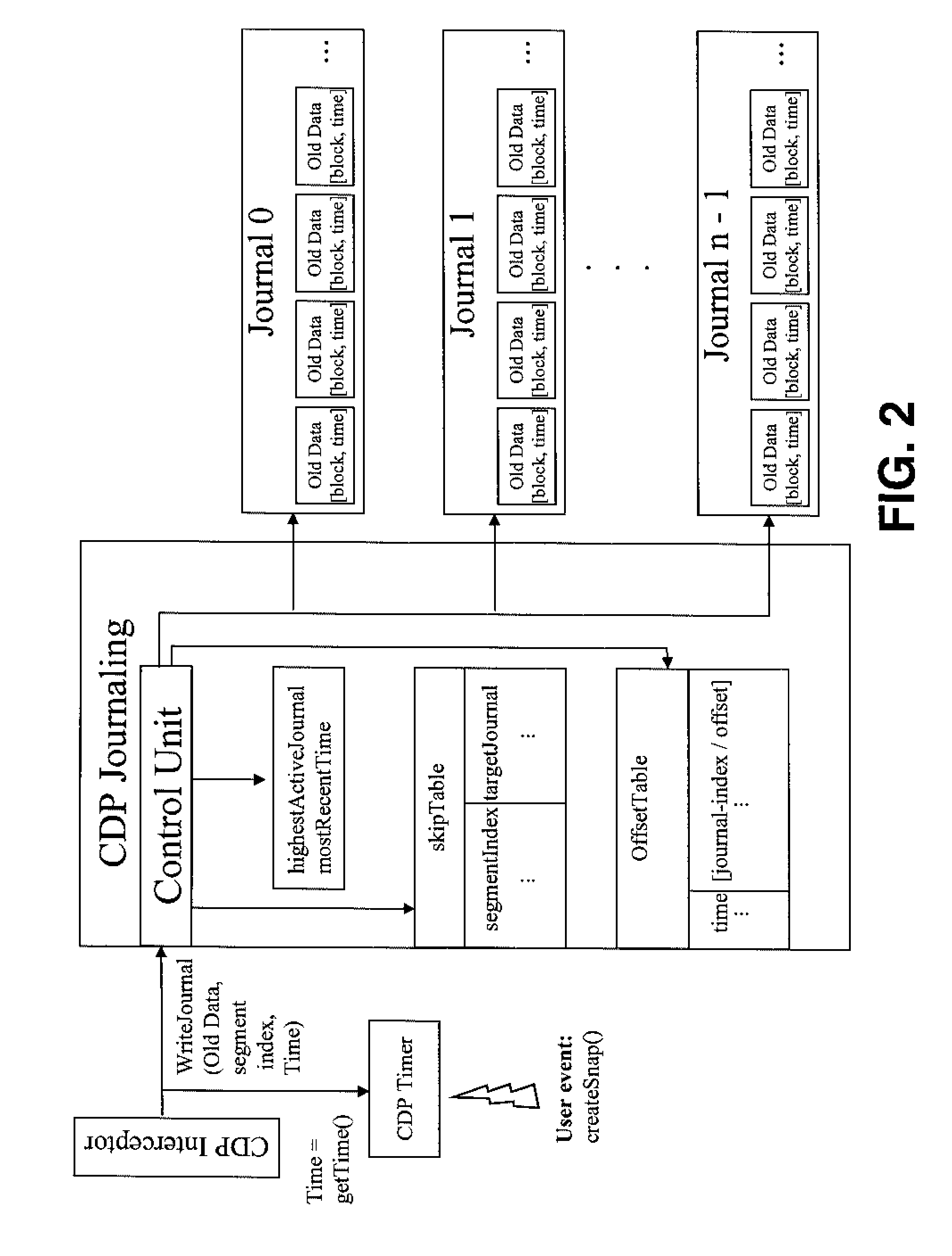Methods and infrastructure for performing repetitive data protection and a corresponding restore of data
a data protection and data restoration technology, applied in the field of repetitive data protection, can solve the problem that the redo log report cannot continue, and achieve the effect of improving the performance of repetitive data protection
- Summary
- Abstract
- Description
- Claims
- Application Information
AI Technical Summary
Benefits of technology
Problems solved by technology
Method used
Image
Examples
Embodiment Construction
[0040]The infrastructure shown in FIG. 1 represents the state of the art for performing repetitive data protection and a corresponding restore of data, which is stored in a block oriented data object. It is discussed in the following to explain the context of the invention and to point out the differences between the state of the art and the solution proposed by the invention.
[0041]As already mentioned above, this backup-restore system comprises a block oriented Data Object with Several indexed Segments, which i subject of the repetitive data protection. The actual contents of the indexed segments is referred to as Old Data(i). FIG. 1 illustrates the situation that New Data shall be written to Segment 2. Therefor, New Data(2) is, first, transmitted to an Interceptor, where it is held until the Old Data(2) to be overwritten is extracted and transmitted to a Journal-Manager. Only then, Segment 2 is overwritten with New Data(2). The Journal-Manager creates an undo-log block on the base...
PUM
 Login to View More
Login to View More Abstract
Description
Claims
Application Information
 Login to View More
Login to View More - R&D
- Intellectual Property
- Life Sciences
- Materials
- Tech Scout
- Unparalleled Data Quality
- Higher Quality Content
- 60% Fewer Hallucinations
Browse by: Latest US Patents, China's latest patents, Technical Efficacy Thesaurus, Application Domain, Technology Topic, Popular Technical Reports.
© 2025 PatSnap. All rights reserved.Legal|Privacy policy|Modern Slavery Act Transparency Statement|Sitemap|About US| Contact US: help@patsnap.com



